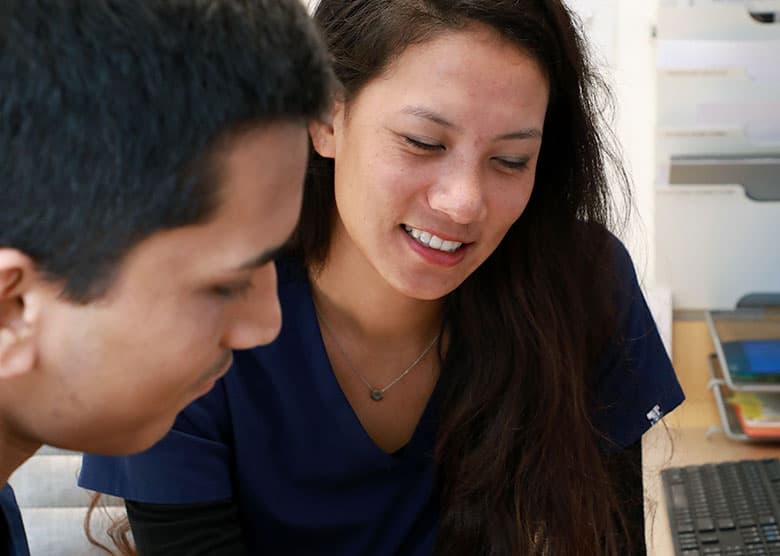Skin Cancer

Skin cancer is one of the most common forms of cancer diagnosed in the United States. 1 in 5 Americans will be diagnosed with skin cancer at one point in their lives. Let that sink in. Additionally, if you have had five or more sunburns in your life, you are DOUBLE the risk for melanoma. (Source: The Skin Cancer Foundation)
With those grim statistics, it is easy to feel like you need to lock yourself indoors indefinitely. However, early detection and prevention can dramatically reduce your risk of melanoma or skin cancer-related deaths, even with the statistics above.
For early detection and prevention, there are many different ways to help mitigate your risk of getting skin cancer. Examples are:
- Wear an sunscreen that is SPF 30 or higher and broad-spectrum, meaning it protects against UVA and UVB rays. Whether it is hot or cold, sunny or rainy, we recommend the use of SPF daily. Do not forget your lips!
- Wear sunglasses with UV protection. Eyelid cancer and cataracts are just two of the reasons to make sure your glasses have UV protection.
- Limit your time outdoors, especially when the sun and UV rays are at their peak.
- Seek shade when possible. A reminder that this is not a substitute for not wearing sunscreen. UV rays can still reflect off water, concrete and peek through trees and leaves.
- Avoid indoor tanning beds. The World Health Organization’s International Agency of Research on Cancer and the US Surgeon General has declared indoor tanning beds a carcinogen (i.e. causes cancer!).
- Perform monthly skin checks. Look for any changes in your moles or freckles. If anything is itchy, bleeding, or has changed color, size or shape, let your dermatologist know..
- See a board-certified dermatologist yearly for skin checks.
Self-checks can be easily done at home using a helpful guide known as the ABCDE’s. This stands for, Asymmetry, Border, Color, Diameter, and Evolving. Start on the front of your body, examine your face, neck, torso, arms, legs, and feet. Use a hand mirror to check the back of your neck, back, and back of your legs. Do not forget to check the bottoms of your feet, between your toes, hairline, scalp, and behind your ears! If you find a freckle or mole that is asymmetric, as an example, that does not mean you automatically have skin cancer. It means that it is something to note and bring to your doctor’s attention.
Yearly skin checks are vital in early detection as your doctor will get a closer look at all the freckles and moles on your skin. Skin checks are quick and easy at the Dermatology Institute of Boston. Skin checks typically take about ten minutes, and either Dr. Graber, Dr. Meyer, or Dr. Al-Haseni will examine your skin for anything out of the ordinary. At DIB, we want your skin checks to be as stress-free as possible. We are always here to answer any questions or concerns you may have. Remember, when it comes to skin cancer, prevention, and early detection are key.
Get summer-ready with a skin check today! Call 857.317.2057 to make an appointment now!









